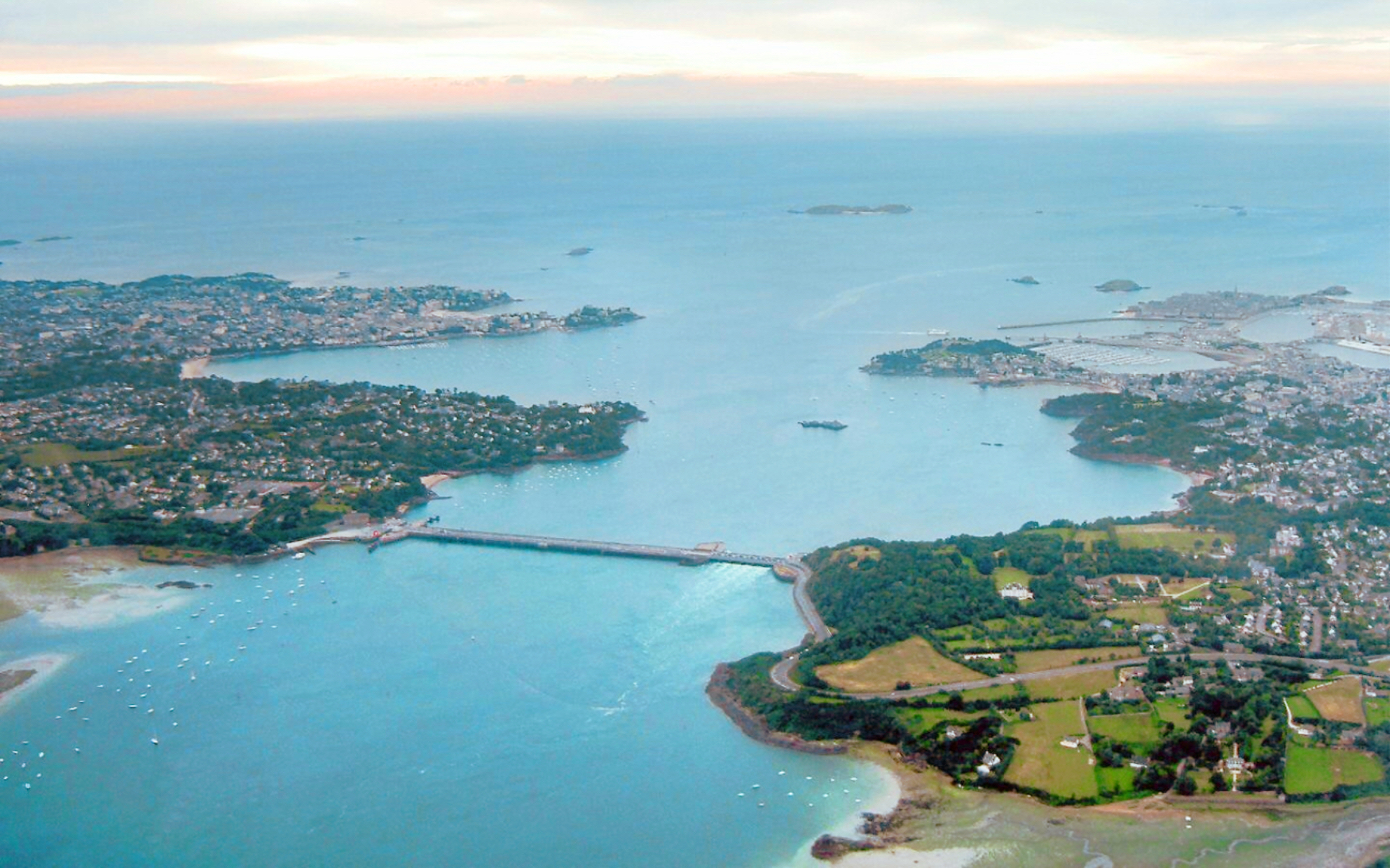Introduction¶
Renewable energy from the oceans can be produced in many ways. Examples include offshore wind, tidal stream, ocean current, tidal range, wave, thermal, salinity gradients, and biomass sources [Bor16]. There is scope for all of these to play a role in delivering a sustainable, low-carbon future.
In this Open Educational Resource (OER), we focus on the tidal range energy resource and how this can be extracted. Tides are very long-period waves that move through the oceans in response to the forces exerted by the moon and sun (i.e. the Earth-Moon-Sun system). Specific information on the formation and characteristics of the tides are omitted here, and the reader is directed to the online resource of the US National Oceanic and Atmospheric Administration which provides a basic overview:
As tides approach coastal regions they can lead to high magnitude velocities and sea level elevation variations. The occurrence of the high velocity currents, i.e. amplified tidal streams or large elevation differences, i.e. amplified tidal ranges can lead to substantial sources of marine energy that can be extracted through marine energy converters.
As an example, a first array of tidal stream turbines has been installed in the Pentland Firth, Scotland, UK. The Pentland Firth is a prime example of a site that offers high velocity tidal currents that justify the deployment of marine hydrokinetic devices.
Large tidal range power plants have a long history with large-scale schemes in existence since the 1960s, when the La Rance barrage in France was constructed.

Figure : "La Rance barrage" (licensed under CC-BY).
Interest in tidal range structures has also resurfaced following the construction of the Lake Sihwa tidal power station in South Korea, while promising sites in the Bristol Channel and the Severn Estuary have been identified for their potential [Hen17].
References
Alistair G.L. Borthwick. Marine renewable energy seascape. Engineering, 2(1):69 – 78, 2016. URL: http://www.sciencedirect.com/science/article/pii/S2095809916301503, doi:https://doi.org/10.1016/J.ENG.2016.01.011.
Charles Hendry. The role of tidal lagoons. Technical Report, UK Government, 2017. URL: https://hendryreview.wordpress.com/.
 This work is licensed under a Creative Commons Attribution-NonCommercial-ShareAlike 4.0 International License.
This work is licensed under a Creative Commons Attribution-NonCommercial-ShareAlike 4.0 International License.Would you like to contribute to this OER? If so, please get in touch.